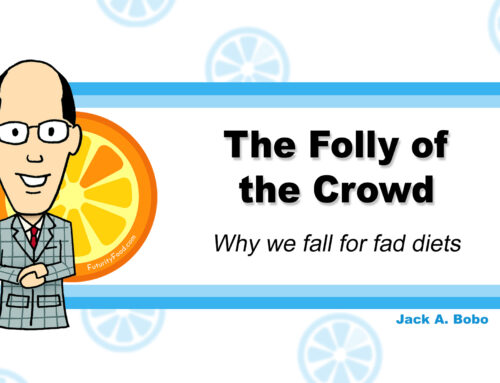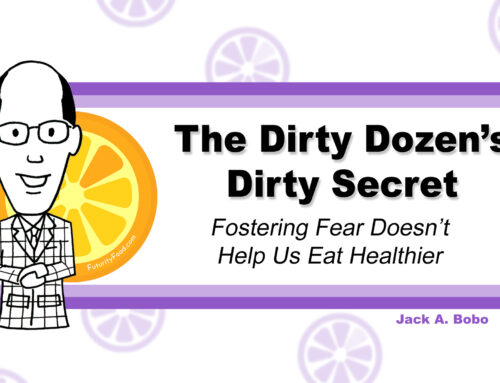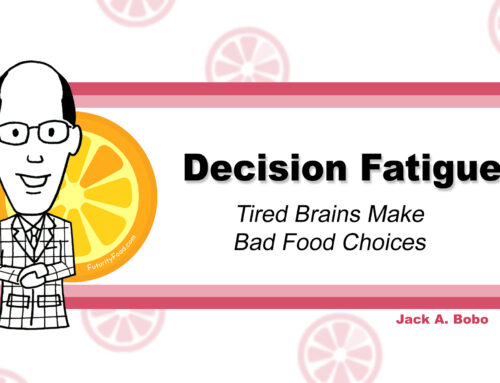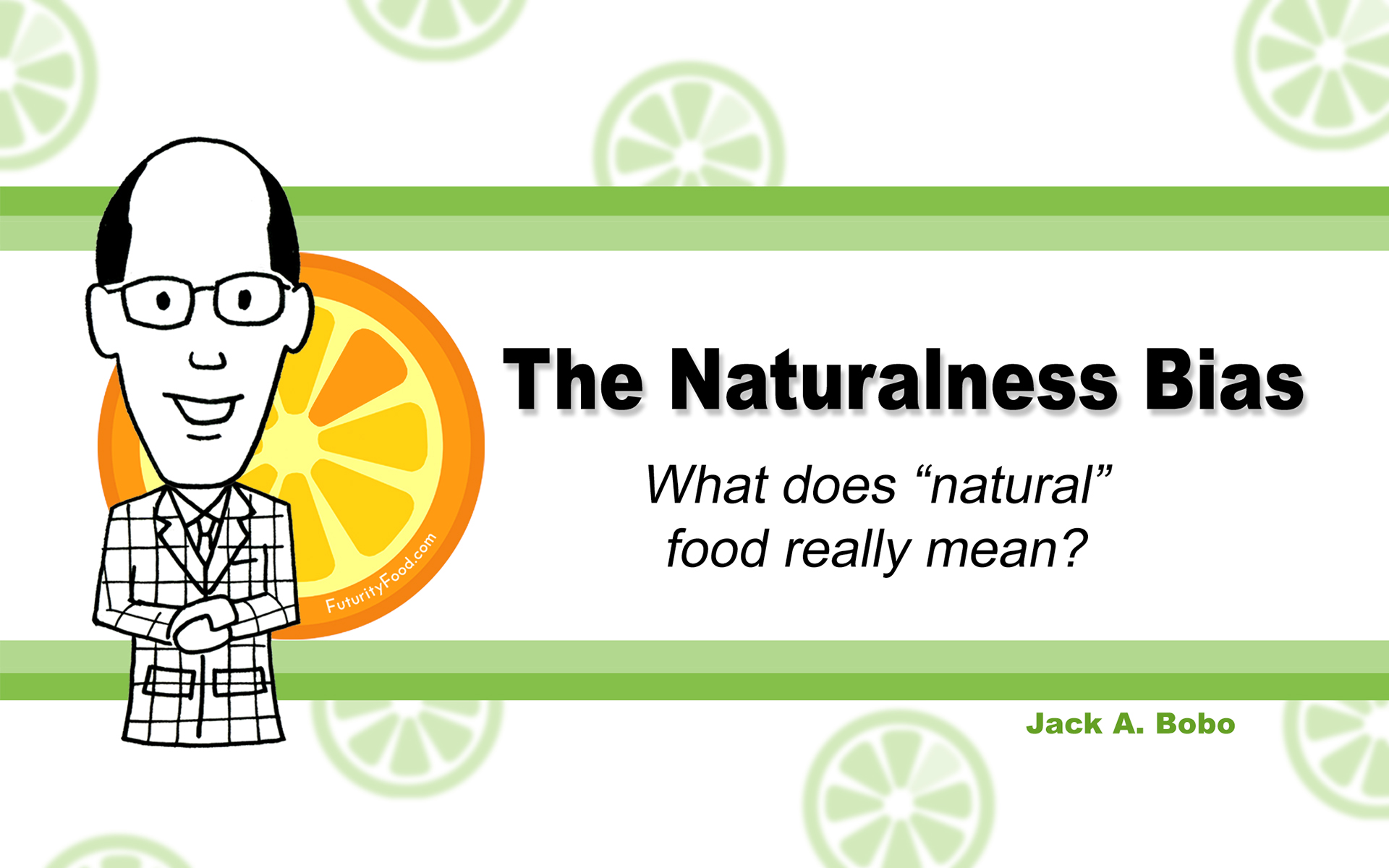
The Appealing Image of Natural
When you hear the word “natural,” what thoughts or images come to mind? If you think of flowers, puppies, fresh baked bread, or other wholesome ideas, you’re not alone.
Do you look for the word “natural” on the food products you buy? A lot of us do nowadays. Consumer demand is pushing retailers to stock more “natural” products on their store shelves, with sales growth outpacing the total food and beverage retail market.
Products that were once only found in “health food stores” or specialty stores like Sprouts Farmers Market, Whole Foods, or Natural Grocers are now available in traditional grocery and convenience stores.
The Natural Label Sells
The International Food Information Council (IFIC) surveys consumers every year on a variety of topics including how different labels influence their purchasing behavior. According to the 2019 Food & Health Survey, more than 1/3 of consumers were swayed by a natural product label when shopping for food, more than those influenced by an organic or even a non-GMO label.
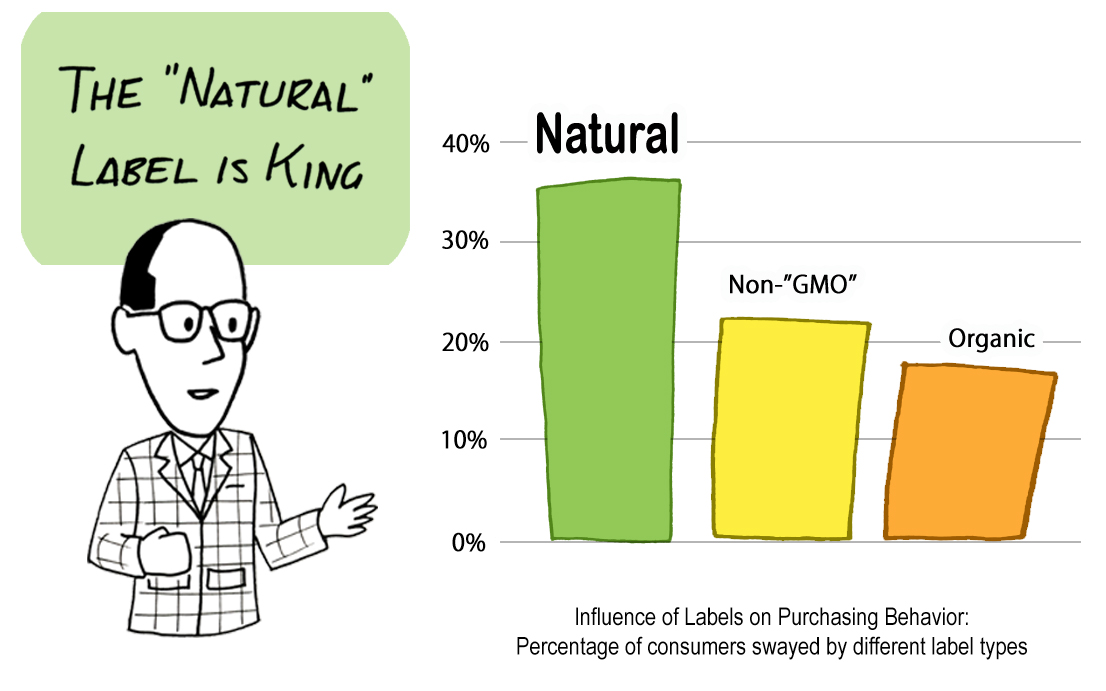
Natural Seems Healthier
Words are powerful influencers of behavior. Not only are consumers vastly more likely to purchase a product with the natural label, but they also ascribe a wide range of characteristics to a product bearing such a label. IFIC asked consumers which was healthier, a product with the “all natural” label or the same product without the label. An astounding 70% of consumers surveyed perceived that “natural” products were somewhat or highly likely to be healthier.
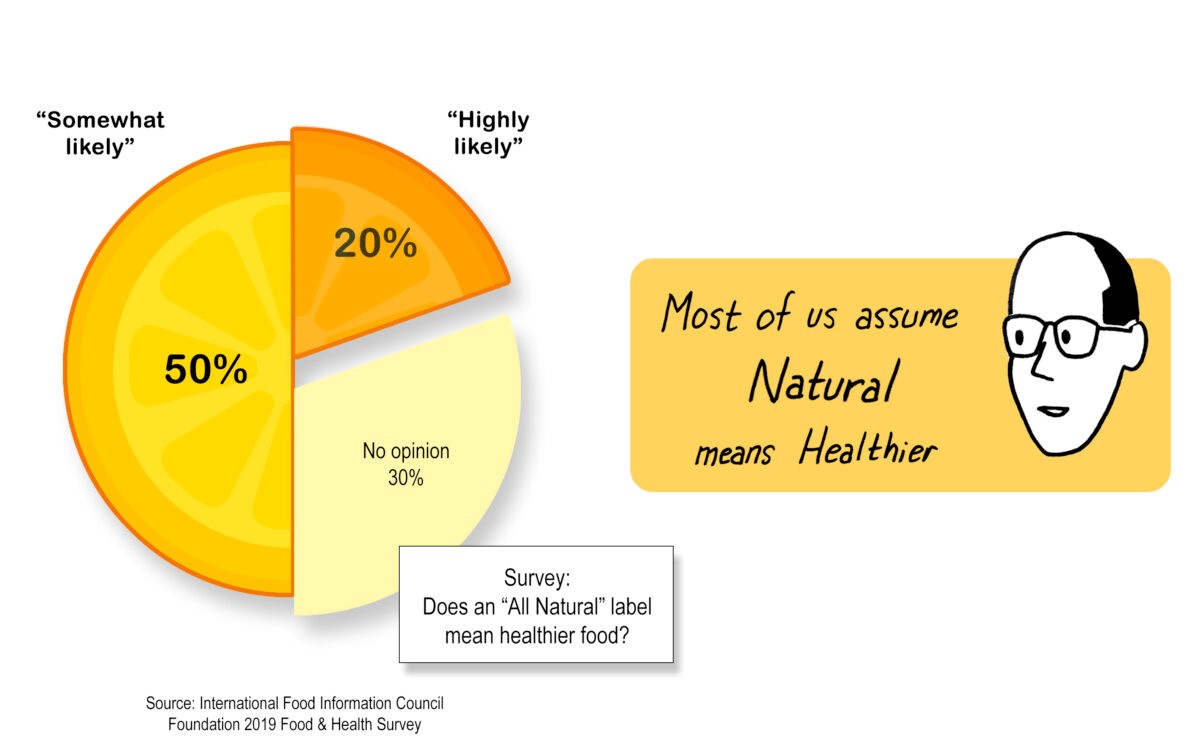
Clearly consumers believe all-natural food is healthier. But are foods bearing the “all-natural” label really better for us?
It’s easy to understand why consumers might think that all-natural products are healthier. Every day we see news stories about pesticides in our food and contamination of our water. We’re surrounded by chemicals and highly processed foods that contain many artificial and synthetic ingredients. We worry about the health and safety of our children and we want to do something about it. Eliminating artificial ingredients and synthetic preservatives and colorants seems like a good way to start to some people.
The appeal of the all-natural label has deeper roots in psychology. We have a perfectly reasonable and well-founded fear of tainted products, particularly foods. The Food and Drug and Administration (FDA) was established in 1906 to address the rampant adulteration of food and the food safety issues that resulted.
But the Natural Label Can Be Misleading
The word “natural” clearly has an emotional appeal for consumers, yet most would be surprised to learn that the word itself is not defined by FDA. The FDA does provide the following policy guidance for food and beverage companies:
“The FDA has considered the term “natural” to mean that nothing artificial or synthetic (including all color additives regardless of source) has been included in, or has been added to, a food that would not normally be expected to be in that food. However, this policy was not intended to address food production methods, such as the use of pesticides, nor did it explicitly address food processing or manufacturing methods, such as thermal technologies, pasteurization, or irradiation. The FDA also did not consider whether the term “natural” should describe any nutritional or other health benefit.”
Since there are no strict criteria for the “natural” label, it can be applied to most packaged foods. And although it doesn’t mean nearly as much as people think it does when it appears on a food package, it is a powerful marketing tool.
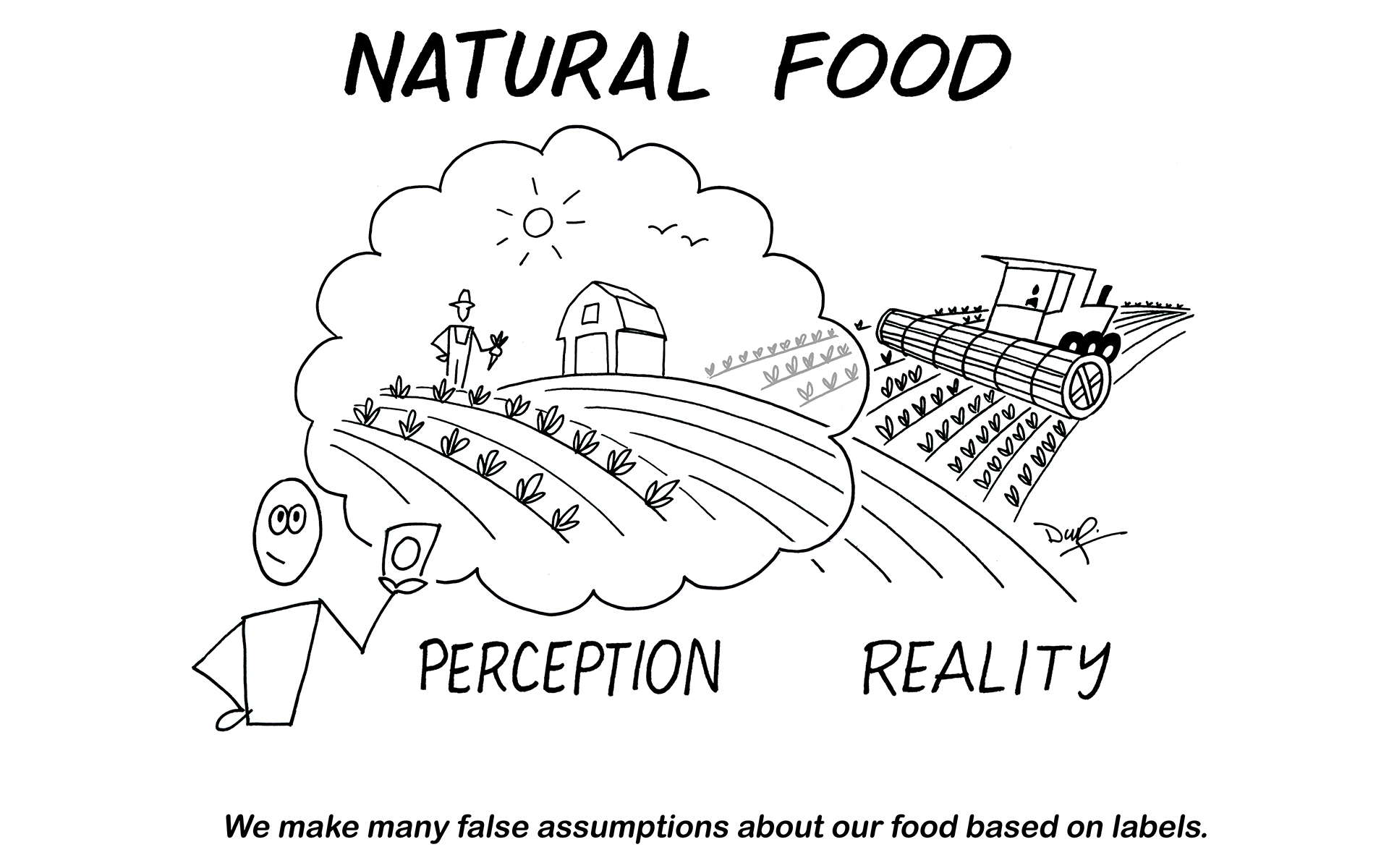
Natural Can Be Good Or Bad
There are many foods that can kill you, including some mushrooms. The death cap mushroom looks, smells, and tastes delicious, yet as the name suggests, it can be deadly. Other foods, such as almonds, cherry pits, and apple seeds all contain cyanide, which can be lethal if consumed in excess. So while these are “natural” foods, the word “natural” does not guarantee they are safe or healthful.
If some natural foods are good for us and others can kill us, the reality of the term may be more confusing than useful. The IFIC survey found consumers not only believe the “natural” label on a food package implies the food is “healthier,” they also attribute all sorts of other positive characteristics to the food that may not exist. Health professionals refer to this phenomenon as creating a “health halo” around the food, which we will discuss in a later post.
We Must Look Beyond Labels
The misleading character of the “natural” or “all-natural” label led Consumer Reports to ask the FDA to ban the use of the term on food packages. According to a 2014 survey, that organization found that, “More than 75 percent attribute specific meaning to the word, such as: contains no artificial ingredients, artificial colors, or genetically modified organisms (GMOs). Or for meat and poultry, that the animals were never given anti¬biotics or artificial growth hormones. None of that is necessarily true.”
Our predilection for the word natural has its roots in the “naturalness bias.” The naturalness bias is just what it sounds like: it is a preference for products that are labeled as natural. Research has shown that people rate food products (e.g., soda, smoothies, or bean dip) to be healthier and lower in calories when labeled as natural compared to the same type of food without the label, even though calorie content was the same. A “naturalness bias” also appears to have an impact on perceptions of unhealthy behaviors, suggesting that junk food bearing the “natural” label will be perceived more favorably.
The “naturalness bias” leads people to believe that foods with a natural label are both better and safer than foods without that label. The reality, of course, is that anything we consider natural can be good or bad for us, just like the many things that do not come from nature.

Skubisz, C. (2017). Naturally good: Front-of-package claims as message cues. Appetite, 108, 506–511. https://doi.org/10.1016/j.appet.2016.10.030
https://doi.org/10.1111/spc3.12494

